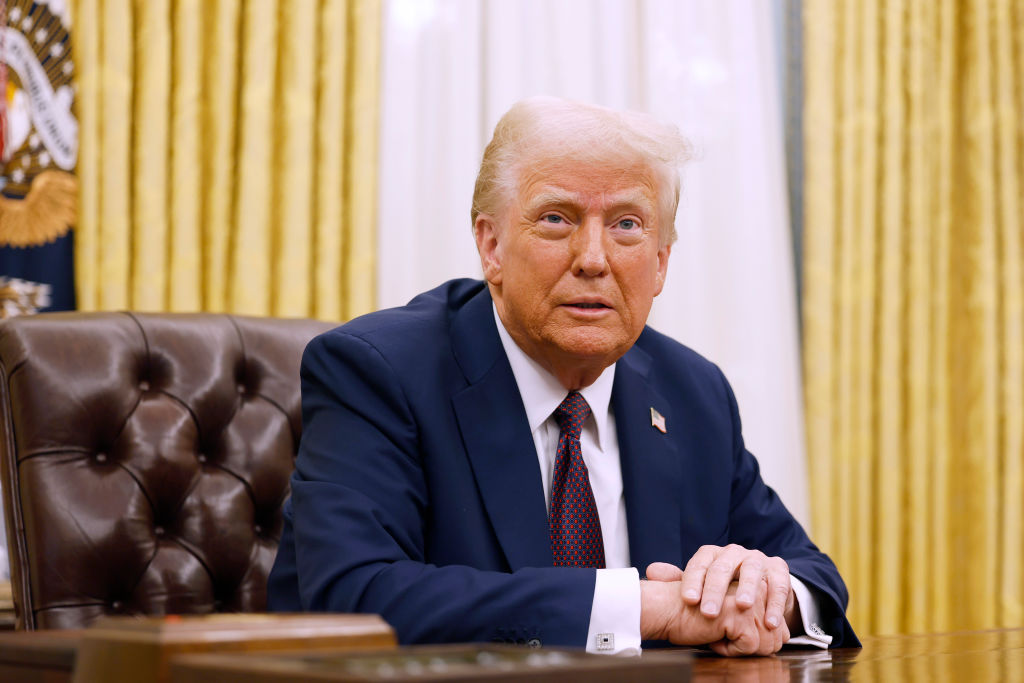What Now for Precious Metals?
Gold still glows, but even after a selloff, silver looks pricey.

Are precious metals losing their appeal or simply staggering after a stunning climb to the top of the investment heap? The surprise answer: It's a mixed bag.
Both gold and silver, derided by many experts as “extremist” investments less than a decade ago, had been on a tear. But when the price of silver briefly approached $50 an ounce in late April, worries about rampant speculation prompted U.S. commodities exchanges to require traders to put up more cash, raising the cost of buying the metal. That triggered a vicious selloff in early May that slashed silver’s price by 30% in just one week.
Until the setback, the same factors had been driving up both gold and silver, says Russ Koesterich, chief global strategist at iShares. Precious metals are considered insurance against inflation and a crumbling dollar. With countries around the world running huge budget deficits and printing money like mad -- actions that tend to whittle away the value of a currency -- it’s little wonder that both metals have thrived.

Sign up for Kiplinger’s Free E-Newsletters
Profit and prosper with the best of expert advice on investing, taxes, retirement, personal finance and more - straight to your e-mail.
Profit and prosper with the best of expert advice - straight to your e-mail.
Silver has long been considered the poor man’s gold because an ounce typically sells for 1.8% of the price of the yellow metal, says Koesterich. But at a May 11 price of $35, silver is selling for about 2.3% of the price of gold, suggesting that silver is overvalued by historical standards.
Admittedly, silver has industrial uses that gold does not. But there’s been no rapid surge in industrial demand to account for the mismatch in gold and silver pricing, says Michael Fuljenz, president of Universal Coin & Bullion, in Beaumont, Tex. “I would hesitate to put any money in something that’s risen that much without any fundamental reason to drive the price,” he says. “The rise went too far, too fast.”
Many experts predict that gold, on the other hand, has room to rise. Stephen Freedman, head of investment strategy at UBS Wealth Management, sees gold at $1,650 an ounce within a year, up from $1,502 on May 11.
Precious metals are part of a broad basket of commodities that belong in almost every portfolio to help cope with the ravages of a devalued dollar and inflation, says John Cadigan, managing director of Rydex/SGI Investments. “I call it angry investing,” he says. “When you are standing at the gasoline pump cursing the $4 you’re paying per gallon, the only way to fight back is to own some of that thing that’s risen so much in price.”
Cadigan expects commodity prices to continue to rise, largely because of rapid economic growth in Brazil, Russia, India and China (the so-called BRIC nations), where billions of consumers are entering the middle class for the first time and boosting the worldwide demand for products such as meat and wheat.
But he cautions against putting too much of your commodity dollars into precious metals. The reason: Prices of precious metals tend to swing based on emotional issues -- in particular fear and greed -- rather than due to supply and demand factors. That makes metal prices more volatile and less predictable than the price of, say, corn, cotton or pork bellies. “If you are trying to build an inflation hedge, putting 10% in commodities is very prudent,” Cadigan says. “But if the commodity part of your portfolio is only in gold or silver, you are changing the risk profile of your portfolio and increasing volatility, rather than reducing it.”
Our favorite vehicle for owning a broad basket of commodities is Harbor Commodity Real Return Strategy (symbol HACMX), a member of the Kiplinger 25. If you want to put a small amount of your money into gold, buy iShares Gold Trust (IAU), an exchange-traded fund that tracks the price of the metal and charges only 0.25% a year in fees.
Get Kiplinger Today newsletter — free
Profit and prosper with the best of Kiplinger's advice on investing, taxes, retirement, personal finance and much more. Delivered daily. Enter your email in the box and click Sign Me Up.

-
 Stock Market Today: Stocks Gain on Tech, Auto Tariff Talk
Stock Market Today: Stocks Gain on Tech, Auto Tariff TalkThe Trump administration said late Friday that it will temporarily halt tariffs on some Chinese tech imports.
By Karee Venema
-
 Sam's Club Plans Aggressive Expansion: Discover Its New Locations
Sam's Club Plans Aggressive Expansion: Discover Its New LocationsSam's Club expansion plans will open up to 15 new stores each year. Learn where they plan to open in 2025.
By Sean Jackson
-
 The AI Doctor Coming to Read Your Test Results
The AI Doctor Coming to Read Your Test ResultsThe Kiplinger Letter There’s big opportunity for AI tools that analyze CAT scans, MRIs and other medical images. But there are also big challenges that human clinicians and tech companies will have to overcome.
By John Miley
-
 The New Space Age Takes Off
The New Space Age Takes OffThe Kiplinger Letter From fast broadband to SOS texting, space has never been more embedded in peoples’ lives. The future is even more exciting for rockets, satellites and emerging space tech.
By John Miley
-
 Rising AI Demand Stokes Undersea Investments
Rising AI Demand Stokes Undersea InvestmentsThe Kiplinger Letter As demand soars for AI, there’s a need to transport huge amounts of data across oceans. Tech giants have big plans for new submarine cables, including the longest ever.
By John Miley
-
 What DOGE is Doing Now
What DOGE is Doing NowThe Kiplinger Letter As Musk's DOGE pursues its ambitious agenda, uncertainty and legal challenges are mounting — causing frustration for Trump.
By Matthew Housiaux
-
 A Move Away From Free Trade
A Move Away From Free TradeThe Letter President Trump says long-term gain will be worth short-term pain, but the pain could be significant this year.
By David Payne
-
 Trump’s Whirlwind Month of Crypto Moves
Trump’s Whirlwind Month of Crypto MovesThe Kiplinger Letter The Trump administration wants to strengthen U.S. leadership in the cryptocurrency industry by providing regulatory clarity.
By Rodrigo Sermeño
-
 Donald Trump Tests His Limits
Donald Trump Tests His LimitsThe Kiplinger Letter President Encounters Legal Obstacles in Pursuit of Ambitious Agenda.
By Matthew Housiaux
-
 Another Down Year for Agriculture
Another Down Year for AgricultureThe Kiplinger Letter Farmers brace for falling incomes, widening trade deficits
By Matthew Housiaux